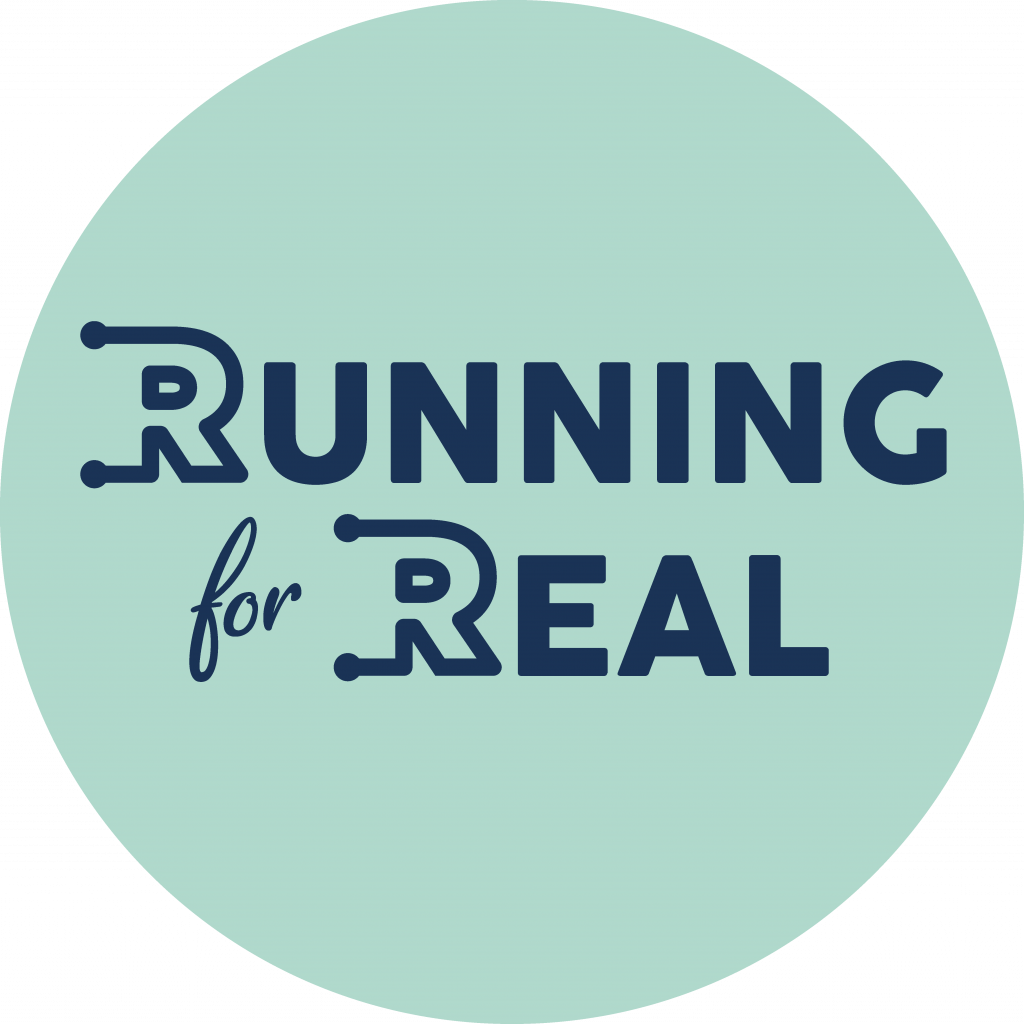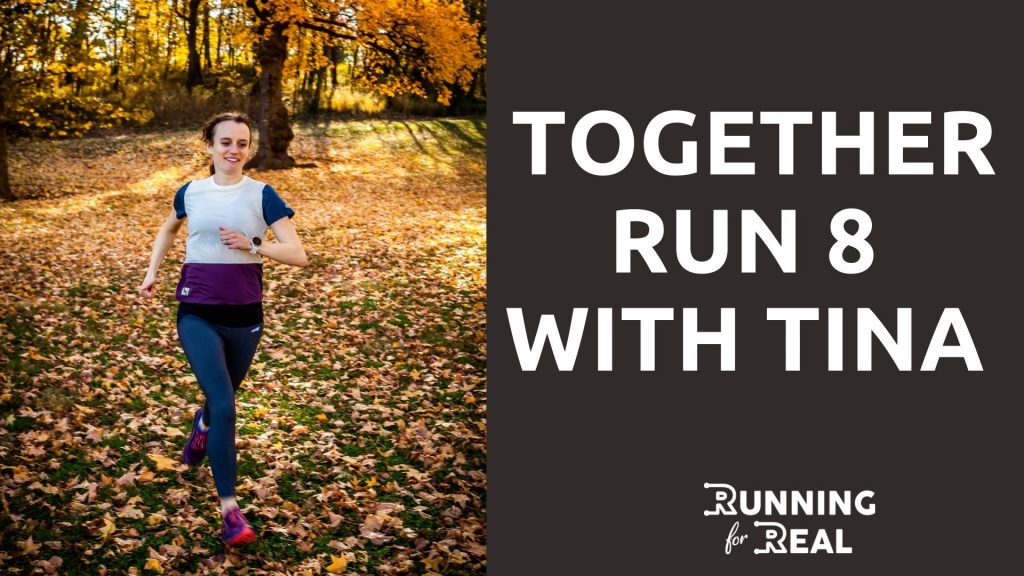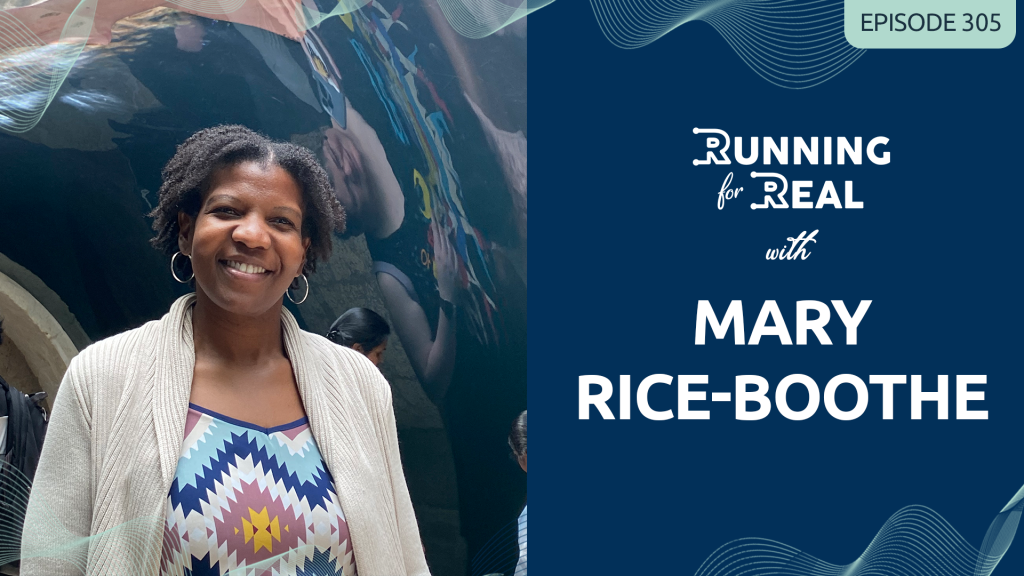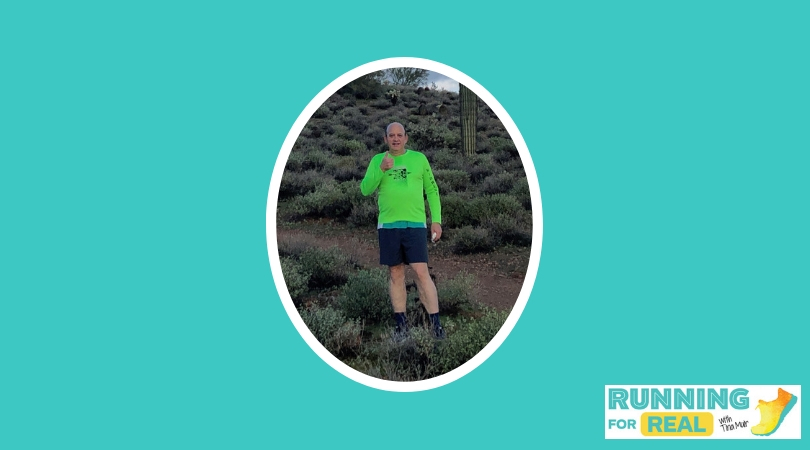Prevention and Healing for Runners as they Age
As you age, many things about your body change. Whether you are just leaving your teen years or planning your 100th birthday party, your body is adapting to new circumstances. Keeping it healthy so that you can continue to run as long as you live is a valiant effort. Along the way, there will be years of healing, growing, and learning. Optimally, correct exercise will help prevent the need for long periods of recovery or invasive surgeries.
Dr. Tom Michaud has been studying the human body for several decades now. He works as a sports medicine chiropractor, an author, and a researcher. He also creates products for healthcare professionals that help in client examinations. His goal is to provide non-surgical management of injuries, and he specializes in exercise recovery. As you listen to today’s episode of the Running for Real podcast, you will quickly discover that Tom is an expert in his field who has a desire to help and heal others.
The Connected Body
Injuries aren’t simple. There is a reason why WebMD is both expansive and inconclusive. Every injury is unique to the person and the situation. One of the biggest reasons injuries can be difficult to decipher is because the body is completely connected. This is also a great reason to visit with doctors or chiropractors, like Dr. Michaud, who have an extensive knowledge of the body as a whole. Meeting with these professionals will help you find the root of the problem, allowing for more relief in the long run.
It is important to get a full recovery to prevent more injuries in the future. “The best predictor of future injury is prior injury,” says Dr. Michaud, “So rehabilitating a prior injury perfectly is important.” Take the time to fully recover from injuries and workouts. As you strengthen all the areas of your body, you will be less susceptible to future injuries.
Hips, Calves and Diaphragm
While there isn’t one exercise that fixes all injuries, there are definitely some general areas of the body that coordinate with a large majority of running-related issues. Dr. Michaud mentions three areas of the body that when trained properly, can decrease the odds of injury significantly. Keeping your hips and calves strong and flexible and doing diaphragm exercises all help in injury prevention.
Many common knee-related and lower leg injuries stem from the hips. Injuries most often occur when bad form or poor posture meet fatigue. This is why many injuries occur near the end of a race, a workout or a game. Hip strength and mobility are crucial for maintaining good form when you run. Elite marathon runners who have long, fast strides often have strong and flexible hips that allow them to reduce the braking force that is associated with long strides. Without strong and flexible hips, they wouldn’t be able to keep running at such fast paces without frequent injuries.
Calves are one of the first muscle groups in the body to lose muscle mass as you age. Active and flexible calves are necessary to avoid decreased balance with age. Plantar fasciitis can also be reduced or prevented with proper stretching and strengthening of the calves.
Diaphragm breathing exercises are beginning to get more attention as researchers are studying their benefits. The layman’s explanation for the benefits of a strong diaphragm is straightforward: As the diaphragm fatigues, blood flow decreases to other areas of the body and with decreased blood flow, those areas are more prone to injury. When asked about what core exercises runners should do, Dr. Michaud suggests diaphragm exercises over any variation of traditional core exercises like sit-ups.
Ongoing Research
New methods of injury prevention will continue to transform as researchers perform new tests. It is important to remember that science isn’t perfect. Be patient with your body and your doctor. Read and listen to new articles on health, and don’t be afraid to ask your trainers, doctors, and mentors hard questions.
Most of all, have a positive attitude toward your body. No matter its condition, it is alive and allowing you to do wonderful things. Treat it well, to the best of your knowledge, and it will continue to serve you.
Resources:
New Article: How to Reduce Injury
Listen to the Running for Real Podcast here:
[podcast src=”https://html5-player.libsyn.com/embed/episode/id/8146799/height-orig/90/theme/custom/thumbnail/yes/direction/forward/height/90″ height=”90″ width=”100%” placement=”bottom” theme=”custom”]Apple (iTunes) Podcast|Sticher| Castbox| Overcast | Spotify| Google Play| iHeartradio|
Thanks for Listening! I hope you enjoyed today’s episode.
To share your thoughts:
Leave a note in the comment section below.
Join the Running for Real Facebook Group and share your thoughts on the episode (or future guests you would like to hear from)
Share this show on Twitter, Facebook, Instagram, or Pinterest.
To help out the show:
Leave an honest review on iTunes. Your ratings and reviews will really help me climb up the iTunes rankings and I promise, I read every single one.
Not sure how to leave a review or subscribe, you can find out here.
Thank you to Tom, I look forward to hearing your thoughts on the show.



